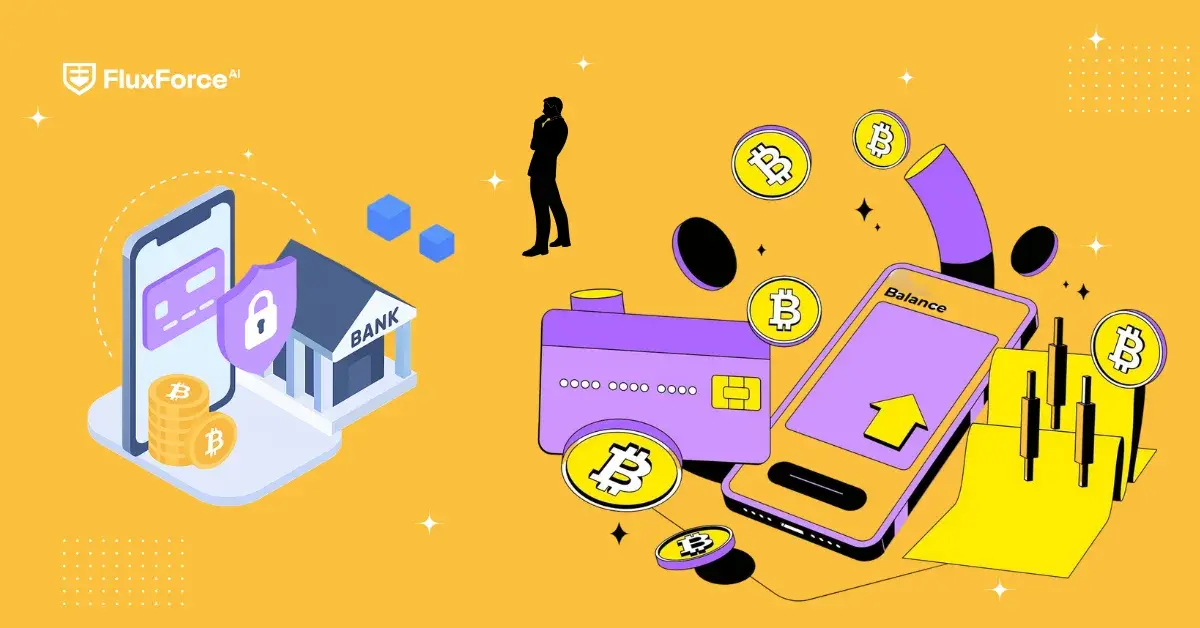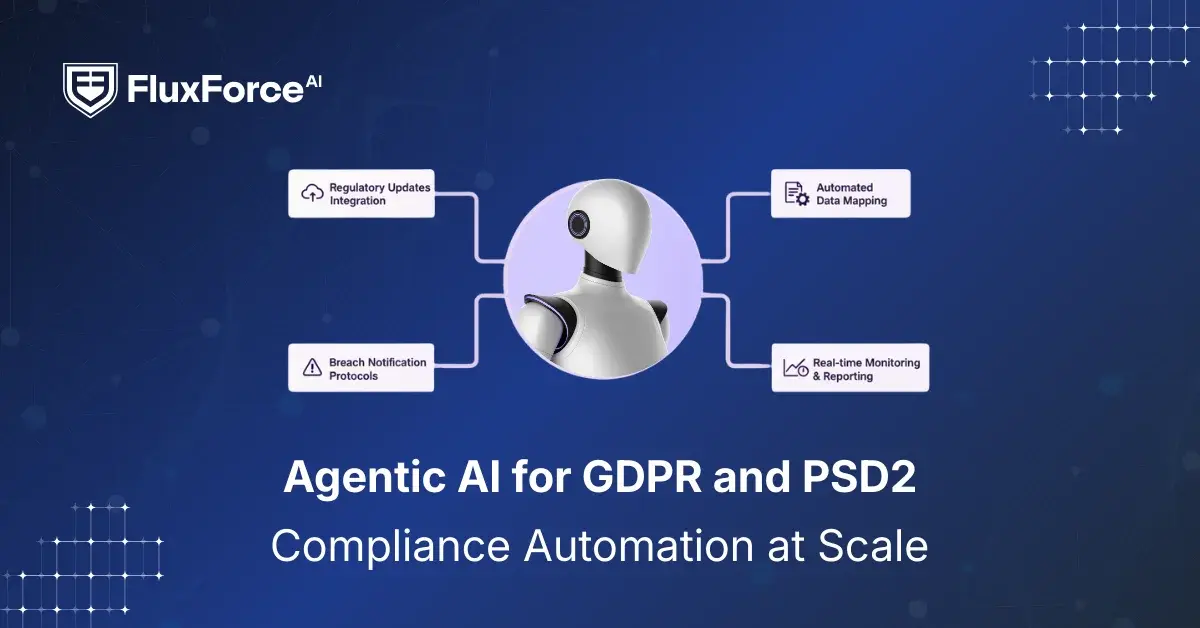Listen to our podcast 🎧

Introduction
Mobile payments have become central to modern banking, but they also create new security challenges. Card numbers, account details, and customer data are constant targets for cybercriminals. A single breach can cause significant financial loss, compliance issues, and damage to customer trust.
This is where tokenization for mobile payments becomes essential. For Banking Operations Heads, it offers a practical and effective approach to building a secure payment gateway strategy.
How does tokenization work in payments

Tokenization replaces highly sensitive information, like card numbers, with unique, randomly generated tokens. These tokens cannot be used outside the payment environment. If intercepted, they hold no real value. This process ensures stronger mobile payment security, minimizes the risk of data theft, and helps banks align with global standards.
Why It Matters for Banking Operations Heads
Banking leaders face constant pressure from both regulators and customers:
- Rising fraud attempts in mobile payment systems.
- Compliance demands from frameworks such as PSD2, SCA, and DORA.
- Customer expectations for seamless and secure transactions.
By having bank tokenization, banks can:
- Strengthen fraud prevention and provide secure mobile payments.
- Reduce compliance complexities and audit scope.
- Improve operational efficiency while maintaining trust.
Industry data shows that tokenization can lower fraud-related losses by up to 60–80 percent within the first year of implementation. It transforms mobile payment systems from high-risk environments into trusted digital ecosystems.
How to Build a Secure Payment Gateway Strategy with Tokenization

For Banking Operations Heads, the challenge is not just preventing fraud but designing a payment gateway strategy that keeps pace with customer demand for fast and secure mobile payments. Tokenization plays a critical role here by becoming the security backbone of these gateways.
1. Use Tokenization in the Transaction Process
When a customer makes a mobile payment, the card number is replaced with a token. This token moves through every stage of the process: payment request, approval, clearing, and settlement. Since real card data never enters the system, banking operations teams can handle high volumes safely without exposing customer details.
2. Make Compliance Easier
Because actual card data is not stored, tokenization reduces the PCI-DSS compliance burden. For ops teams, this means fewer audits, less paperwork, and smoother reporting. It saves time that would normally go into chasing compliance requirements.
3. Strengthen Fraud Detection
Banking operation teams often work with fraud detection units to check suspicious activity. With tokenized payments, even if a hacker intercepts data, the token is useless outside the system. This significantly reduces false alerts and helps fraud teams to focus on real threats instead.
4. Connect Legacy Systems with New Platforms
Several banks use both old core banking systems and modern digital payment platforms. Tokenization plays a huge role to acts as a bridge between them by keeping payment flows secure without forcing ops heads to rebuild entire systems.
5. Improve Risk Control and Incident Handling
In banking operations, problems like data leaks or suspicious activity can still happen. Tokenization limits the damage by keeping the risk tied to only a few transactions. This makes it easier for teams to report the issue, update customers quickly, and fix the problem with more control.
Customer Benefits and Competitive Edge of Tokenization in Mobile Payments
For Banking Operations Heads, tokenization in mobile payments goes beyond fraud protection. It improves customer confidence, streamlines the secure payment gateway, and gives banks a visible edge in the financial services market.
Building Customer Confidence with Secure Payment Gateways
When card numbers are replaced by tokens, sensitive data never travels across open networks. This reassures customers that their money and personal details are protected. The trust generated through secure payment gateways directly improves customer loyalty and retention.Better Transaction Speed in Mobile Payments
In traditional payments, multiple checks are required for card verification. But when it comes to tokenized payments, only the unique token is validated, making the process faster. Customers experience smooth transactions across mobile apps, contactless payments, and online banking platforms.
Lower Fraud and Stronger Data Protection
Fraud detection in banking operations becomes easier with tokenization. Since intercepted tokens carry no value outside the payment environment, criminals cannot exploit them. This reduces fraud attempts, minimizes chargebacks, and cuts operational losses for banks.
Simplified Compliance and Regulatory Alignment
Banking compliance teams spend less time managing sensitive card data when tokenization solutions are in place. Because actual card numbers are never stored in core systems, banks reduce their exposure under PCI DSS and other global regulations. This ensures smooth audits and reduces compliance risks.
Competitive Advantage in Digital Banking
Adopting payment tokenization shows that a bank is ahead in digital banking security. Customers prefer banks that use advanced methods like mobile payment tokenization and fraud detection insurance. For banking leaders, this means stronger brand reputation, and an edge over competitors.
-1.png?width=1200&height=628&name=hubspot%20blog%20(6)-1.png)
Shaping the Future of AI in Finance
Fluxforce research uncovers how banks and enterprises are adapting to fraud, compliance, and data challenges in 2025.
Secure Payment Gateway Strategy for Banking Ops Heads in Banking

1. Start with Tokenization as the Core Layer
In banking operations, the biggest risk is card data exposure. Every Ops Head knows that storing or transmitting Primary Account Numbers (PANs) creates compliance headaches and fraud exposure. This is where tokenization for mobile payments becomes essential.
Instead of transmitting the customer’s real card number during a mobile transaction, the payment system replaces it with a randomly generated token. This token has no exploitable value if intercepted, reducing card-not-present fraud significantly.
In practice, Banking Ops Heads should ensure:
- Centralized Token Vaults are kept under restricted access.
- Tokens are mapped only at the secure payment gateway, never in mobile apps or middleware systems.
- Audit trails track every token request for transparency.
This setup means if hackers breach the app or device, they’ll only see useless tokens—not sensitive card data.
2. Strengthen with Encryption and Authentication
Tokenization works best when combined with end-to-end encryption and multi-factor authentication (MFA). Every payment request from mobile apps encrypted before leaving the device and should be decrypted only in the secure payment gateway. Adding MFA through OTPs, biometrics, or app-based authenticators helps block unauthorized use, even if tokens are compromised.
3. Align with Compliance Standards
In banking operations, security and compliance go hand in hand. Tokenization and encryption are mandatory under PCI DSS.
For Ops leaders, the real challenge is alignment of these controls with KYC/AML requirements. While tokenization hides sensitive payment data, banks still need to trace transactions back to customers for audit and anti-money laundering purposes.
The solution is to build a compliance-aware tokenization strategy, where:
- Tokens are linked to verified KYC customer profiles.
- Suspicious tokenized transactions trigger AML alerts without exposing underlying card data.
- Audit logs are regulator-ready, minimizing operational overhead during inspections.
This way, tokenization not only reduces risk but also supports regulatory trustworthiness.
4. Integrate Fraud Detection and Monitoring
Even with tokenization, fraud doesn’t stop. Fraudsters often bypass card data theft and instead target account takeover, SIM swap fraud, or social engineering. That’s why Ops Heads must integrate AI in fraud detection at the secure payment gateway.
An AI-driven fraud monitoring system can:
- Analyze tokenized transactions in real time.
- Detect unusual spending patterns (e.g., small test transactions before large fraud attempts).
- Correlate cross-channel activity (mobile app, internet banking, ATM) to detect coordinated attacks.
For Banking Ops, this means fraud detection becomes proactive, not reactive. Instead of discovering fraud after settlement, banks can block or flag suspicious payments instantly.
5. Build a Seamless Customer Experience
Balancing strong security with fast mobile payments is an art that Ops Heads often have to master. Tokenization solves this by allowing one-click payments while keeping card data hidden. Examples include:
- Mobile wallets (Apple Pay, Google Pay, UPI-linked apps) that store tokens instead of card numbers.
- QR-based payments that exchange tokens in milliseconds.
- Recurring payments for subscriptions that rely on secure stored tokens.
From an operational standpoint, this reduces disputes and chargebacks, because fraud attempts are minimized and transactions remain seamless.
6. Strengthen Vendor and API Security
Most mobile payments rely on third-party integrations like payment processors, mobile wallet providers, and APIs. Ops Heads should ensure all APIs are secured with token-based authentication, encryption, and continuous monitoring. Regular vendor audits help reduce risks from external partners.
7. Train Your Teams and Monitor Operations
Finally, a secure payment gateway is as strong as the people behind it. Ops Heads must build operational resilience by:
- Drafting SOPs for fraud response and customer disputes.
- Conducting war-room simulations for cyberattack readiness.
- Training staff on how tokenization and AI-driven fraud detection work, so they can act fast when red flags appear.
When staff understand the technology, operational risks like manual errors, delay in fraud reporting, or compliance breaches are minimized.
Conclusion
For Banking Operations Heads, the job is not only about keeping payments secure but also about ensuring that systems run fast, compliant, and customer-friendly. Tokenization in payments delivers exactly that. By replacing sensitive card data with payment tokens, banks eliminate the single biggest point of risk in mobile transactions. Combined with secure online payment gateways, encryption, and AI-driven fraud detection, tokenization builds a payment ecosystem that is both safe and scalable.






Share this article